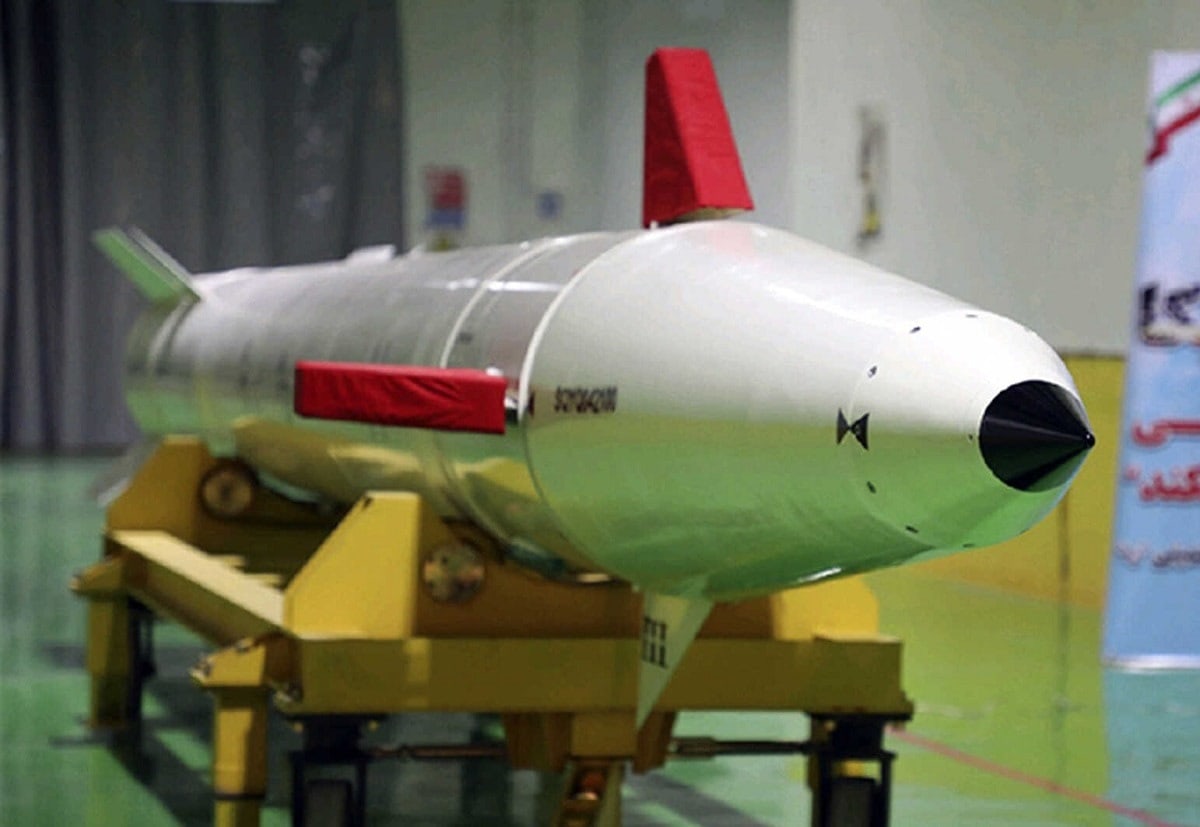Meet the Fateh-110 and Zolfaghar
Iran might deny sending drones and missiles to Russia for use in Ukraine, but Western intelligence suggests otherwise. According to a Washington Post report published on Sunday, Iran is “strengthening its commitment to supply arms for Russia’s assault on Ukraine,” citing U.S. and allied security officials. The reports revealed that not only is Iran sending unmanned aerial vehicles (UAVs) to Russia, but that Tehran is also preparing to send surface-to-surface ballistic missiles to Russia.
The missiles, should they arrive in Russia, would give Russian forces the ability to strike Ukrainian civilian targets and troop positions from as far away as 700km.
According to an intelligence assessment that was shared with U.S. and Ukrainian officials over the last week, Iran is preparing to send the first shipment of Fateh-110 and Zolfaghar missiles to Ukraine. The delivery of these missiles would be the first delivery of its kind from Iran to Russia since the beginning of the invasion.
The Washington Post report cited two unnamed officials, who spoke on the condition of anonymity, who had been briefed on the matter. The news also comes as Iran reportedly prepares to supply yet more unmanned aerial vehicles to Ukraine, including the Shahed-136 drones that were responsible for a series of attacks in central Kyiv on Monday morning. Iran is also expected to ship dozens of Mohajer-6 drones to Ukraine in the coming weeks.
What Is the Fateh-110?
The Fateh-110 missile is a mobile surface-to-surface missile designed by the Iranian Aerospace Industries Organization. In service since 2002, when it was first tested and quickly began mass production, the missile has been gradually upgraded over the last twenty years.
Initially capable of traveling 200km, later variants of the missile were improved to a 250km range and later to a 300km range. The rocket’s range has remained the same since its fourth generation was developed in 2012. The missile was used in the Syrian Civil War by Suria and Iran, but its delivery to Russia would be a first.
What is the Zolfaghar?
The Zolfaghar, meanwhile, is a potentially much more dangerous missile that has a substantially longer range. According to the Iranian Ministry of Defense, the missile is capable of traveling as far as 700km, which would allow Russia to easily launch devastating missile strikes on Ukrainian civilian infrastructure and troop positions from military bases in Russia and Russian-controlled territory.
Also developed by the Aerospace Industries Organization, the Zolfaghar entered service in 2017 and was also previously used in Syria.
What the Experts Say About the Fateh-110 and Zolfaghar
“While it is not confirmed yet that Russia has these weapons in its position to hit Ukraine, Moscow would love to get any and all Iranian weapons platforms they can get,” explained a former Obama Administration National Security Council Senior Offical, speaking on background to 19FortyFive. “These weapons can strike from a good distance a way from the action, making them a must-have for Putin. This could put more pressure on the Biden Administration to provide longer-range weapons to counteract there possible impact on the battlefield.”
Jack Buckby is a British author, counter-extremism researcher, and journalist based in New York. Reporting on the U.K., Europe, and the U.S., he works to analyze and understand left-wing and right-wing radicalization, and reports on Western governments’ approaches to the pressing issues of today. His books and research papers explore these themes and propose pragmatic solutions to our increasingly polarized society.

